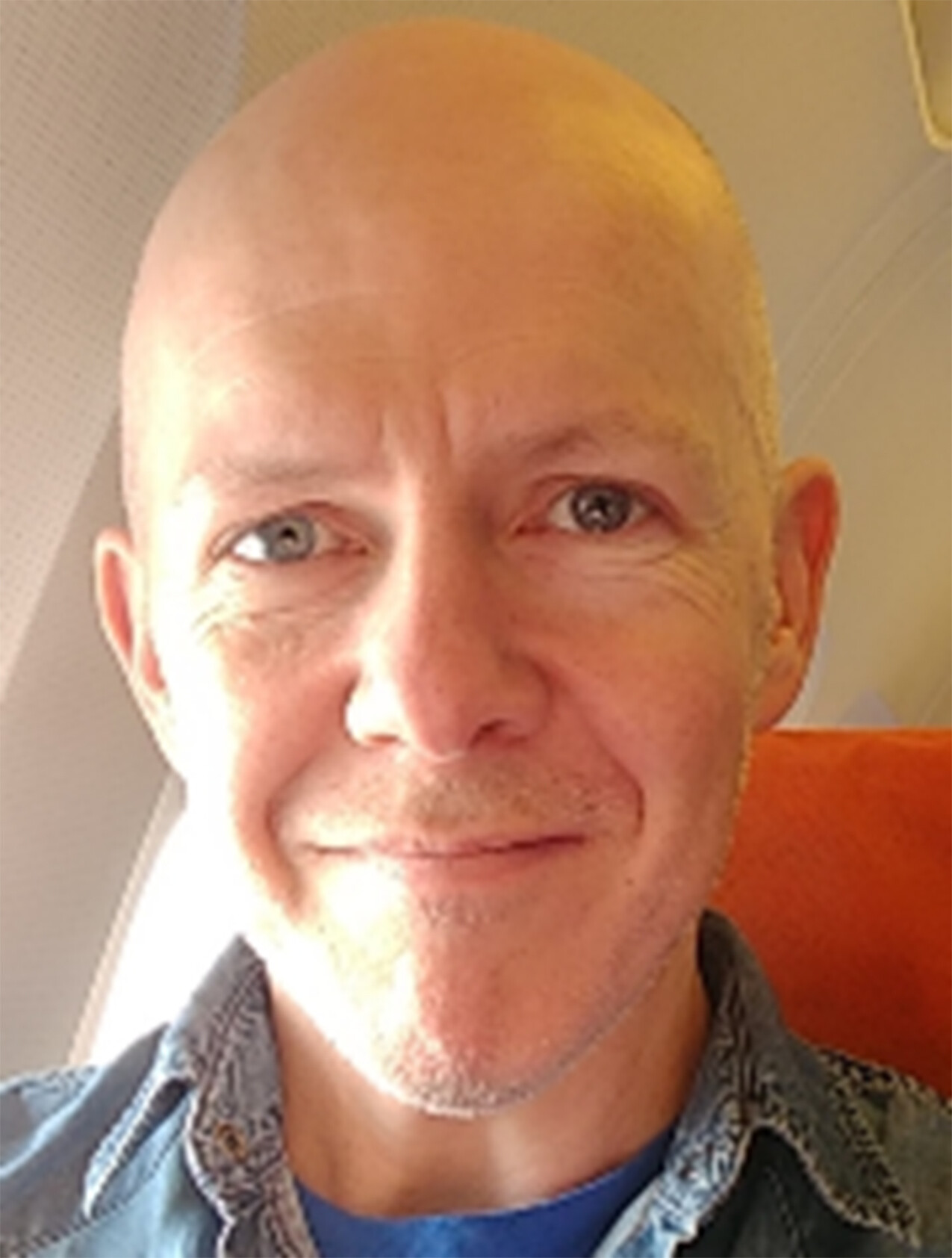Microsoft ends support for Internet Explorer on June 16, 2022.
We recommend using one of the browsers listed below.
- Microsoft Edge(Latest version)
- Mozilla Firefox(Latest version)
- Google Chrome(Latest version)
- Apple Safari(Latest version)
Please contact your browser provider for download and installation instructions.

Imagine a future where the sound we hear can be personalized, immersive, and unobtrusive, enhancing our interactions with the world around us while at the same time making it unique and specific to what we would like to hear.
Thanks to NTT's Personalized Sound Zone (PSZ) technology, that future is just around the corner.
In an age where innovation is continually reshaping our experiences, NTT is pioneering the evolution of acoustic devices with its PSZ technology. Designed for environments like concert venues, where multiple sounds intermingle, it promises to redefine how we experience sound in public spaces.
PSZ aims to create a personal sound space that allows users to hear only the sounds they want, while suppressing unwanted noise. Just like regular earphones and headphones, surely?
Not quite. Recognizing the increasing use of earphones and headphones in the remote work era and seeing how the prolonged use of traditional sound devices can damage hearing and overall health, NTT's solution involves acoustic devices that do not block the ears, while preventing sound leakage into the surrounding environment.
NTT's PSZ has two key technologies: one to enhance sound clarity by leveraging the spatial characteristics of ambient sounds, and another to reduce external noise intrusion.
The first technology involves strategically placing sound sources based on the conditions of the ambient sound. This ensures that the sound from the device is not overpowered by surrounding noise, enhancing the sense of localization and clarity. This technology has already been successfully employed at a recent symphony orchestra concert held in Japan, where it improved the intelligibility of commentary during the orchestra's performance.
The second is an Active Noise Control (ANC) technology that functions without blocking the ears. Traditional ANC techniques struggle with the sound cancellation caused by distant speakers. NTT's innovation is a new speaker design that utilizes PSZ's spot reproduction technology, significantly reducing the microphone's recording of cancellation sounds and enabling more effective noise suppression, without the need for ear-blocking. The ANC can identify and silence only the sounds that are not needed by the user.
NTT's innovation has already been field-tested in various settings and has demonstrated the potential of PSZ to revolutionize the acoustic experience in public spaces. One example can soon be heard at the NTT History Center of Technologies in Tokyo, where acoustic extended reality (XR) technology, including ambient sound source placement, will be used for audio guide experiences. Visitors will be able to enjoy a natural blend of exhibit audio and ambient sound, thanks to open-ear acoustic devices that utilize PSZ's spot playback technology.
NTT's PSZ and ANC technologies offer the promise of a leap forward in the evolution of acoustic devices. They not only solve the health concerns associated with prolonged use of ear-covering devices, but also open up new possibilities for experiencing sound in public spaces. A new way of hearing the world.
NTT--Innovating the Future of Sound

Daniel O'Connor
Daniel O'Connor joined the NTT Group in 1999 when he began work as the Public Relations Manager of NTT Europe. While in London, he liaised with the local press, created the company's intranet site, wrote technical copy for industry magazines and managed exhibition stands from initial design to finished displays.
Later seconded to the headquarters of NTT Communications in Tokyo, he contributed to the company's first-ever winning of global telecoms awards and the digitalisation of internal company information exchange.
Since 2015 Daniel has created content for the Group's Global Leadership Institute, the One NTT Network and is currently working with NTT R&D teams to grow public understanding of the cutting-edge research undertaken by the NTT Group.












